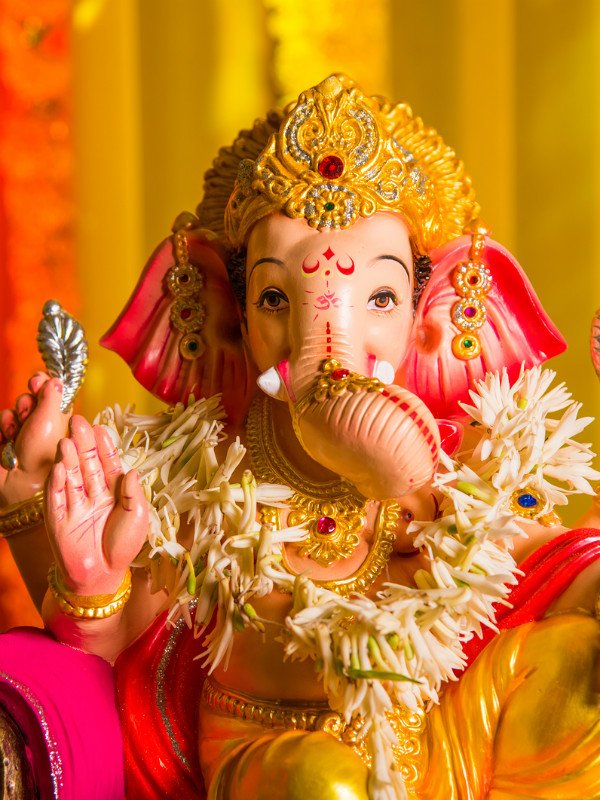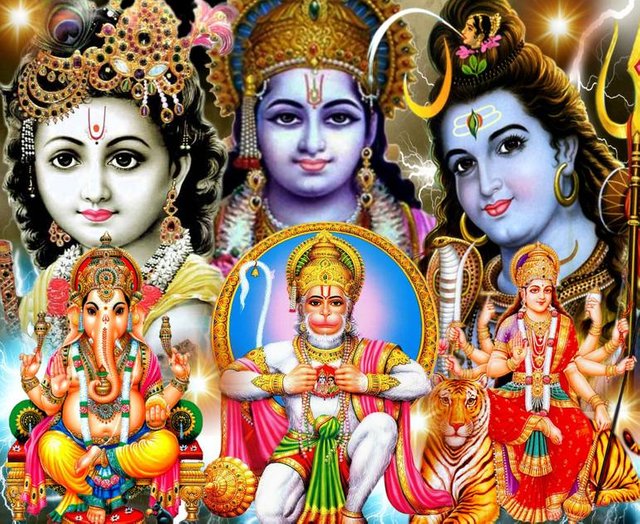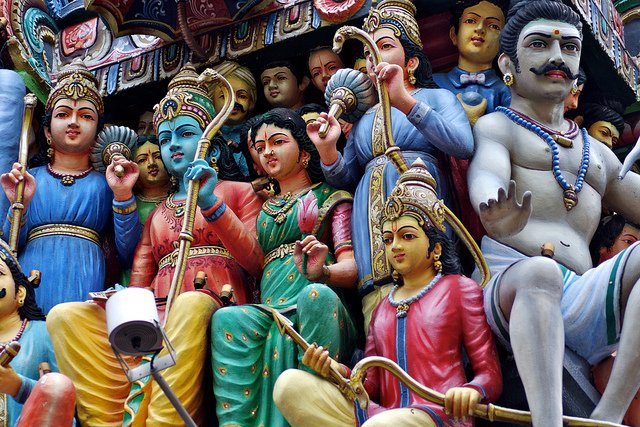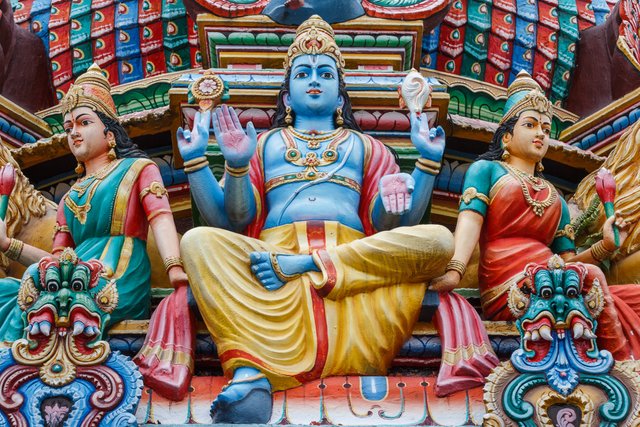Temple Town in india
Expert Author Ameeta Agnihotri
Madurai, the very name conjures up interesting images in my mind. It thinks quaint town, jewellery and most important of all, it thinks of the Madurai Meenakshi Amman temple. Amman, meaning goddess, mother. The temple is devoted to Indian Hindu goddess Meenakshi - meaning woman with eyes shaped like fish - a compliment to any woman belonging to the subcontinent.
Adding a new dimension to the city, a little research found that it was also known for its fabulous jewellery, even during those days, when an entire street was devoted to jewellery trade. Madurai shined fabulously with the highest quality of gems and semi precious stones, pearls, onyx, opals and more. Just a walk down that street would have been a contemporary jeweller's delight.
Over 2,600 years old, this was at one time the capital city of Pandya dynasty. Once a mere unkempt piece of forest, Madurai became more than jungle land when a merchant called Dhanjayan was passing through. He saw Lord Indira, the king of Indian gods worshipping a structure called the Swayambhulingam under a tree, near a lily pond. This single sighting laid the foundation of an entire dwelling. The merchant's sighting was reported to the ruler, Kulashekara Pandyan.
Taking the merchant seriously, and visiting the spot himself, he found the claim authentic. Wasting no time and almost immediately the king got the forest cleared. He built a temple around the Lingam, in honour of Lord Siva. Enhancing the temple's appeal, a city was built around the temple in the shape of the sacred lotus flower.
It is said that Lord Siva himself graced the inauguration of this beautiful city. He blessed it, and from his matted locks fell divine nectar - blessings of the Lord. Initially called Madhurapuri, the lotus town has found mention in a few of India's best known epics - The Ramayana, Kautilyas and Arthasastra. In fact, the Tamil epic, Silapathikaram (The Jewelled Anklet in Tamil) talks of a woman, called Kannagi.
In anguish, the lady burnt Madurai reducing it to ashes because of grave injustice meted out to her husband Kovalan. He was accused and killed for a crime he did not commit - stealing the Pandian queen's anklet, which was the exact replica of the one belonging to Kannagi that Kovalan was trying to sell in the Madurai marketplace. Producing her other piece of matching jewellery in the king's court, Kannagi was a woman enraged. All that was left of the Lotus city called Madhurapuri was the temple.
Steeped in chequered History, with different dynasties ruling it at different times, Madurai is called so because of a legend which says that on the day the city was to be named, Lord Siva appeared in this part of the mortal world, and drops of nectar - Mathuram in Tamil - sprinkled from his hair on to the town. Hence the name -- Madurai.
This relatively untouched piece of civilization in South India, Tamil Nadu to be precise came into being mainly because of this temple. During ancient times, life revolved around temples, which were more than mere places of worship.
Another legend, equally interesting also relates to Siva, in a round about way. the Pandiyan king, Malayadwaja remained childless for a long time. It was the bane of his life. No progeny meant the end of his bloodline and dynasty. He prayed, offering elaborate fire sacrifices. During one such event, a three year old girl emerged from the fire. Running to the queen's lap she sat on it, and smiled. Her parents were overjoyed. Till they took a closer look at her body. The child, breathlessly beautiful though she was, had three nipples. Till a divine voice assured them it was not a deformity but a sign from heaven. The third nipple would disappear the moment she met her consort.
True to her purpose on this earth, the princess, Meenakshi, fish eyed and lovely was a warrior as well. She conquered to rule, and set her sights far and wide. On one of her conquering expeditions into the Himalayas, she encountered Lord Siva. Voila! The third nipple disappeared. In reality, she was an incarnation of Siva's heavenly consort - Parvathi.
Reincarnated into the mortal world as Sundareswarar, he married Meenakshi.
It was like a marriage made in heaven. The Gods came down to bless the couple. Brahma, of the holy trinity conducted the marriage, while Vishnu gave the bride away. He placed her had in Siva's pouring water over the joined hands. The holy trinity, incidentally is of Brahma, Vishnu and Kahesh, another name for Siva. The couple ruled over Madurai, together. On completion of their rule on earth, both of them settled into the temple, where, it is believed, they remain till today. The focus from Siva shifted to Meenakshi, and it is by her name that the temple has acquired its fame. For she still resides in the hearts of her people.
Greek ambassador, Megasthanes visited the town during the 3rd century BC and recorded his views, paying a glowing tribute to the town. How and why he got there is anybody's guess. It is situated deep in the southern most part of India. Getting there involves a somewhat long process. Flight connections are mostly from the closest city - Chennai, or Bombay. You could charter an aircraft from any of the major hubs - Chennai, Bangalore, Bombay or Delhi.
While it was originally built by the Pandian kings, the temple got an enhanced face value from Madurai's Nayak rulers. Originating from the near by Vijay Nagar kingdom, they were connoisseurs of beauty and left their imprints all over the city, of which a fabulous few remain. Most famous being of course, the Meenakshi temple and the Nayak palace.
While the temple, a place of worship does get a little bit of attention and care, the palace, with its majestic columns and massive corridors, halls and towering ceilings gets very little.
Splendidly carved Gopurams (towers), or entrances face four directions - North, South, East and West. The temple can be entered from any of the Gopurams, although the most preferred one stands in the East. Although the tallest of the four is in the South. It is 50 meters high, is the only one accessible to the public. One can climb to the top for a bird's eye view of the temple below.
Smaller Gopurams surround the two shrines within the main compound. All of this along with the two vimanams (roof above the shrines) can be seen.
Unusual sculptures, engrossing and beautiful stand testimony of the devotion to art during those days, beginning more than 2,000 years ago, and continuing through the ages.
Awesome, the structure itself is a standing piece of architectural style and history. It has an eclectic mix of different architectures. The most prominent being its original beginnings in the Pandian era. Every conquering dynasty wanted to leave their mark on this land, and as a result, there are the glorious overtures, makeovers even from the Nayaks, and certain features from the Madurai period.
The part of the temple that has me going back for second and third visits, are those musical pillars. Carved from the same stone, each of these has a centre column, with a group of slender pillars surrounding it. Striking each of these pillars even with the heel of the palm produces different musical notes.
So much history surrounds every single aspect of this great temple, that one single visit is simply not enough. One part of the of the temple houses the beautiful Ayirakkal Mandapam. A historian of Indian architecture, Ferguson was of the opinion that the Mandapam is the wonder of the place. It has lovingly sculpted emotions and is called the hall with a thousand pillars. In reality, there are 985 pillars, supporting the roof which measures 73 by 76 metres. The Ayirankkal Mandapam today is host to icons, drawings and photographs outlining the history of South Indian temple architecture.
https://www.facebook.com/reetu.fageria.5
To those who live in Madurai, the temple has today become a very intrinsic part of their lives, their culture and their very personality. So much that people like Manohar Devadoss, who has studied in the city's American College has drawn some very intricate yet representative sketches that depict the temple and life in Madurai. In fact, one is upcoming books is all about this once little temple town, documenting various aspects of it, including the jasmine fields that are also a part of the area's fame. Jasmines grown on this soil have a distinctive fragrance.
Early mornings reverberate with the sounds from the temple, as it wakes up in devotion to the deities that once ruled it.
By night, Madurai becomes magically jewelled, and the view from our hotel on the hills takes on captivating proportions. The four Gopurams rise prominently, an identity of the town they represent. If towers could speak, their story would span more than two thousand event filled, adventurous years.https://www.facebook.com/reetu.fageria.5
Those little jewel like lights twinkle on, adding to the fascination of this town that grew because of a lily pond and a lingam under a tree.



